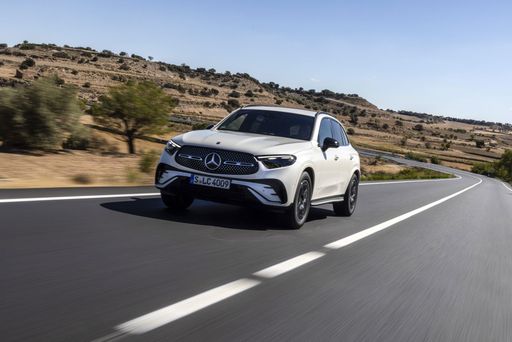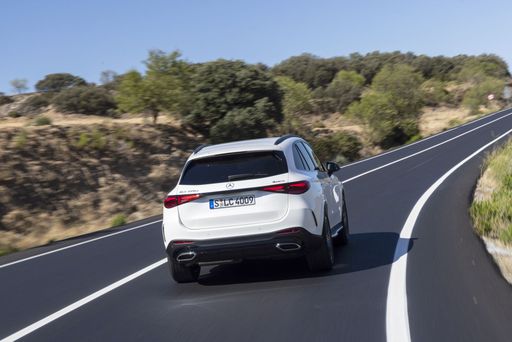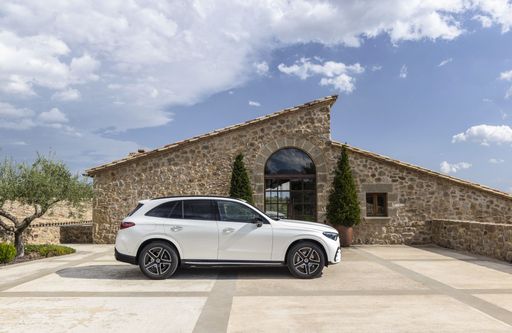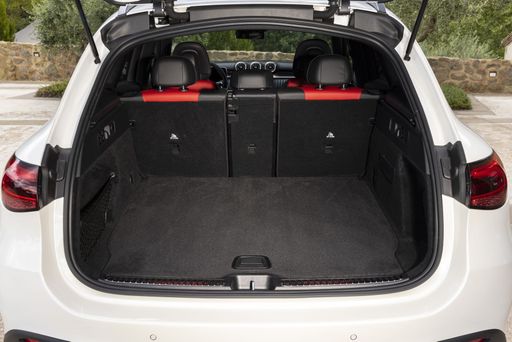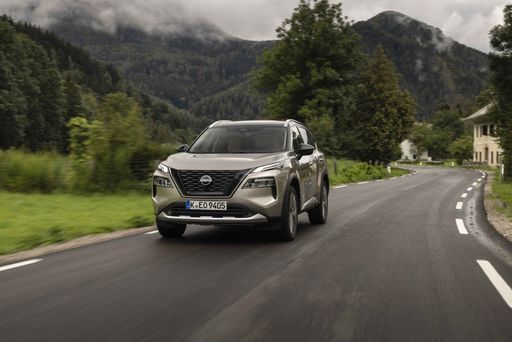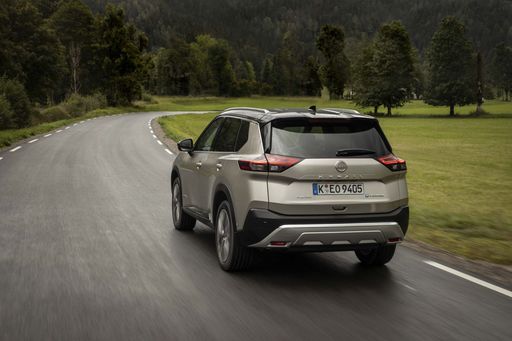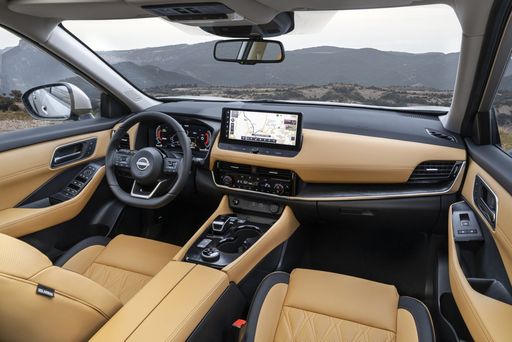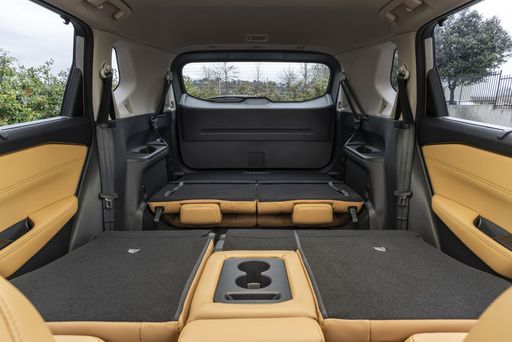Mercedes GLC vs. Nissan X-Trail: A Comprehensive Comparison
The SUV market is rapidly evolving, with manufacturers pushing the boundaries of technology, efficiency, and user experience. Among the popular options, the Mercedes GLC and Nissan X-Trail stand out. Both vehicles offer unique innovations and specifications that cater to different drivers. In this article, we will compare these two giants across various parameters, including technical aspects, performance, and innovations.

